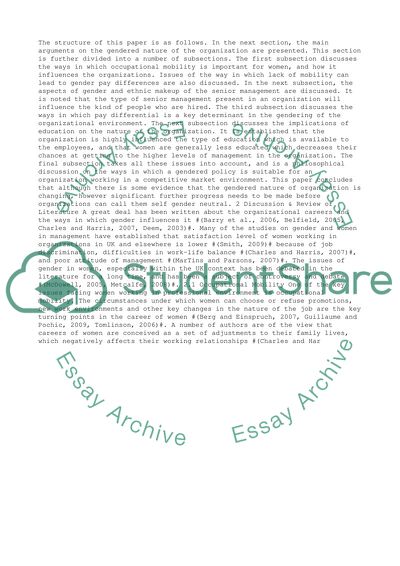Cite this document
(“Management Work and Society People, Management and Business Essay”, n.d.)
Retrieved from https://studentshare.org/management/1407426-management-work-and-society-people-management-and
Retrieved from https://studentshare.org/management/1407426-management-work-and-society-people-management-and
(Management Work and Society People, Management and Business Essay)
https://studentshare.org/management/1407426-management-work-and-society-people-management-and.
https://studentshare.org/management/1407426-management-work-and-society-people-management-and.
“Management Work and Society People, Management and Business Essay”, n.d. https://studentshare.org/management/1407426-management-work-and-society-people-management-and.


